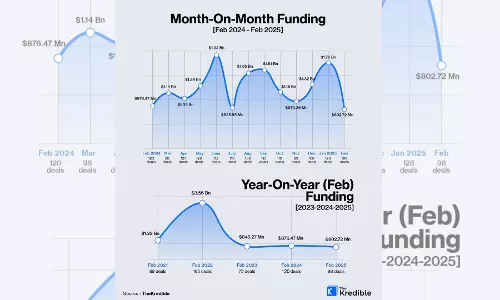Etailers have edge over retailers in small towns
91% Indian retail sales driven by brick-and-mortar stores, but smaller cities remain underserved.;

Mumbai: While e-commerce and physical stores continues to co-exist in India, property consultant Anarock said the former has a slight edge over the brick and mortar stores in smaller cities and towns as low cost of living coupled with high disposable income and evolving consumer behavioural pattern are changing the way they are shopping. There are plenty of retail brands with diverse product segment that have started expanding and flourishing in tier II and tier III cities.
“The demand-supply gap created by the absence of physical outlets in smaller towns along with the presence of potential customers is the key reason for the rapid growth of the e-commerce industry in tier II and tier III cities,” Anarock said in a report released at the India Retail Forum.
It added that residents of smaller cities have a better work-life balance, possess significant leisure time, are well versed with the usage of electronic gadgets especially smart mobile phones with internet connectivity and aspire for luxury shopping.
As of now, nearly 50-60 per cent sales of e-commerce companies are generated from tier II and tier III cities. In fact, e-commerce is expected to reach $70 billion by 2020 in India.
According to the report, e-commerce giants are consistently working to expand in these cities by investing in mobile technology to ensure better consumer experience and stickiness and also improve last-mile delivery of their products.
However, the report noted that the huge growth potential in tier II and tier III cities would also result in an increase in the number of retail malls as brands invests more in both online as well as offline channels.
The main strategy for a successful retailer will be to adopt multiple platforms to connect with their customers and create omni-channel retail for the large set of tech-savvy population.
“Customer engagement with the brands and products via various mediums such as social media, e-commerce, interactive screens at brick-and mortar stores, kiosks and mobile apps are the emerging concept of retail called omni-channel,” the property consultant said in the report.


